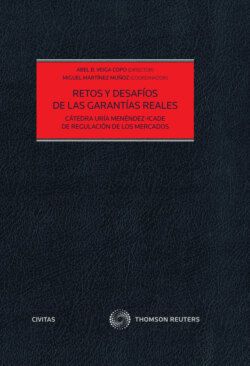Читать книгу Retos y desafíos de las garantías reales - Abel B. Veiga Copo - Страница 36
На сайте Литреса книга снята с продажи.
III. Encumbered assets in insolvency 1. The Insolvency Guide
ОглавлениеAccording to the Insolvency Guide, all assets of the debtor, including the debtor’s interests in encumbered assets and third-party owned assets, should be part of the estate12. Thus, all the measures that are foreseen in insolvency law for the protection and preservation of the assets of the estate upon commencement of the insolvency proceedings, such as the stay of existing actions, apply also to encumbered assets. The main reason for this approach is to avoid distraction of the insolvency administration from the management of the estate and to ensure the orderly organization of the liquidation or reorganization proceedings.
However, under the Insolvency Guide, only actions that have a negative effect on the proper conduct of insolvency proceedings should be stayed. For example, while the secured creditor cannot take possession of encumbered assets that are part of the estate, it is not prevented from renewing a registration to retain the priority ranking it had upon commencement of the insolvency proceedings13.
In addition, secured creditors may seek from the insolvency court or the insolvency administrator relief. Relief may take the form of termination or modification of the stay. It may also take the form of protection of the encumbered assets from diminution of their value (e.g., cash payments of the estate, provision of additional security, other measures taken at the discretion of the court). Relief may be granted, for example, where the protection for the diminution of the value of the assets may be overly burdensome for the estate or where the assets are not necessary for the reorganization of the estate14.
